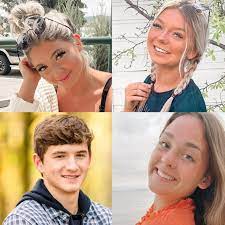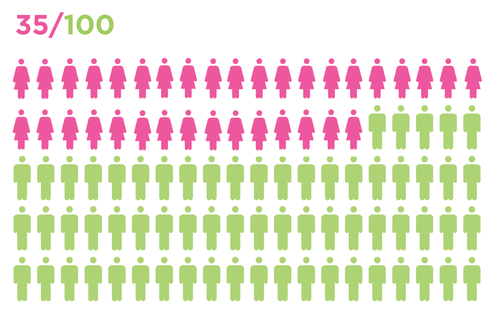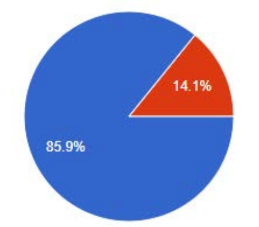Community needs self-reflection on diversity

The Lewiston-Clarkston Valley is not well known to be very accepting when it comes to people who are not considered “normal.” As 2016 is coming to an end it is not hard to notice the increase in the demand for social justice as seen in the news with Trump’s recent sexual harassment charges and lewd comments directed toward women.
From Black Lives Matter to protests against North Carolina’s bathroom bill, racism, sexism and LGBTQ rights, have all been hot topics that have been discussed over the past year. At least we have opened a dialogue when it comes to these topics because otherwise, like generations before us, we have swept them under the rug.
Looking at around the L-C community, one can see people taking steps to becoming more accepting and open-minded. For example, in Oct. 2014, a law that banned discrimination against familial status, sexual orientation and gender identity. But we are not quite there yet. As a community a lot of our views are still outdated and need challenging.
For example, if a transgender student were to come out at LHS, would the school and the students respect their right to use the bathroom for the gender that they identify with? Or would they have them use the bathroom that matches the gender they were born with, which in turn oppresses them? Even if the school had the funds to provide a gender neutral bathroom, would it? It’s long past the point where the students have to look at themselves as a school and community to figure out just how receptive they are when it comes to diversity.
“[In order] to really, truly understand diversity you have to ask a diverse population,” stated Cynthia Johnson, psychology teacher, who has worked with LHS students for more than 20 years. By definition, the L-C community cannot be considered diverse since it does not have a variety of ethnicities or sexual orientations. The definition of diversity, according to the University of Oregon, “is understanding that each individual is unique, and recognizing our individual differences.”
In just 20 years the nation went from gay marriage being completely outlawed, to now, where it is completely legal everywhere. But here, in Lewiston, it’s still uncommon, which means that many people are still too afraid of oppression, of violence, to be themselves. There is a difference between acceptance and tolerance. Does this community merely tolerate those of who are different?
“I don’t tolerate intolerance,” Johnson has expressed multiple times during her classes. “We are born how we are born.”
However, it’s 2016, and people still wave the confederate flag around like it is no big deal, like it does not represent hatred and oppression. Recently at LHS a student carelessly incorporated the confederate flag into a class art project because of ignorance.
Meanwhile, many members of this community are really interested in hunting, and it’s typical for students to miss multiple days of school during hunting season. In fact, gun culture is so ingrained within people that some act defensive when the second amendment is seemingly threatened. But at the same time transgender individuals are denied the right to access proper bathrooms, as the community saw at Rosauer’s grocery store in 2013. Does this mean that people care more about their gun rights than basic human rights? Let’s hope not.
With all of that taken into consideration, there’s no wonder why many people, especially in this community, are so afraid to come out of the closet as a different gender or sexuality. Doing so can mean immediate questioning, as though part of one’s identity can become invalid. People can claim all they want to be accepting, diverse and open-minded but that’s not true unless people start coming together and trying to understand realities such as the difference between gender and sexuality.









